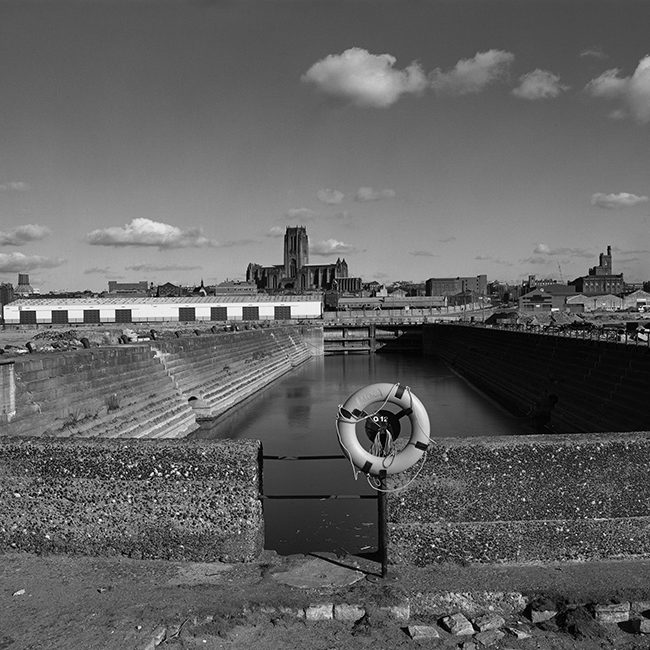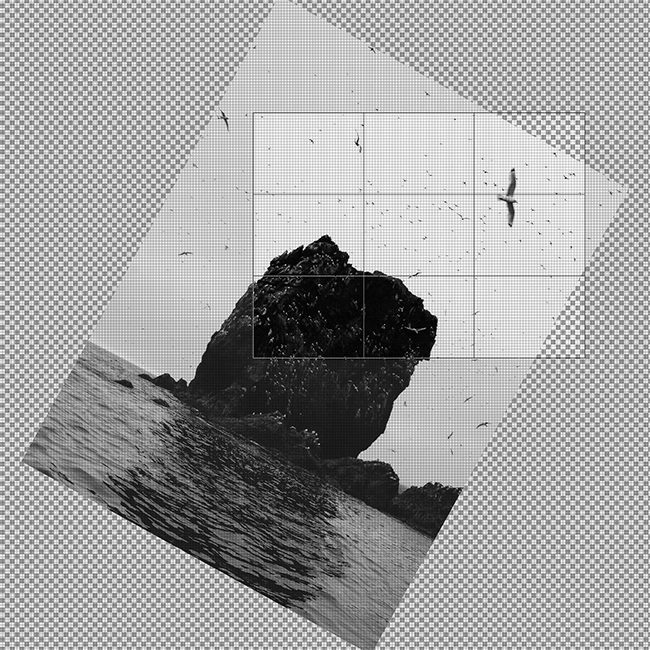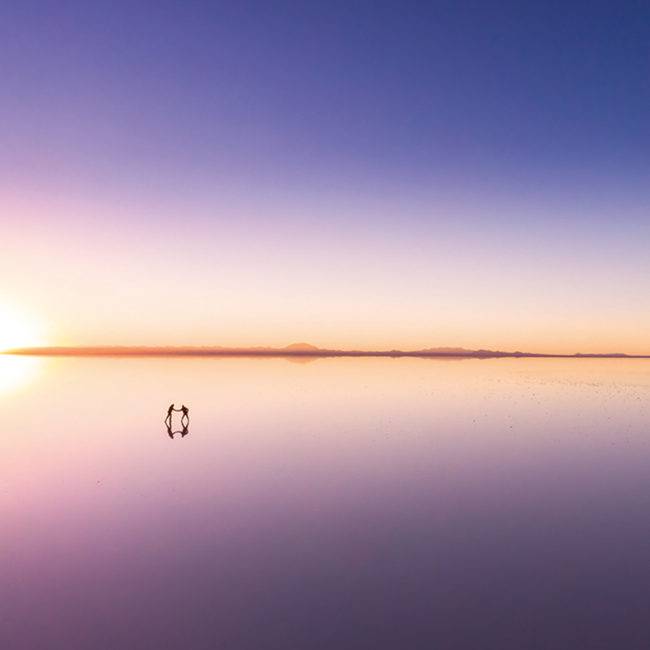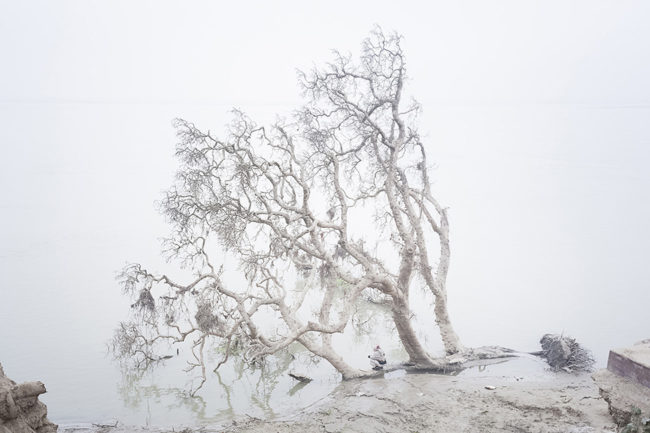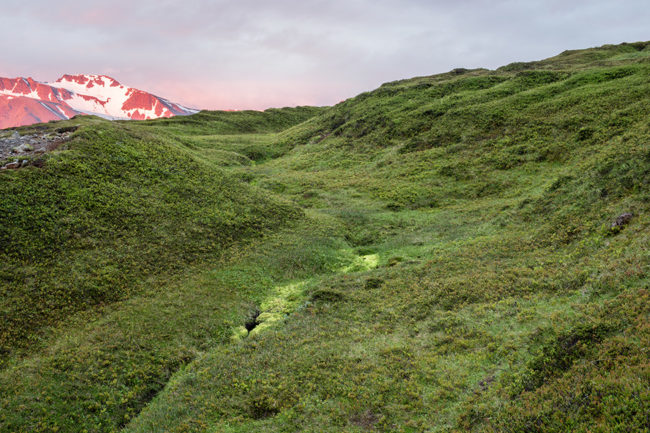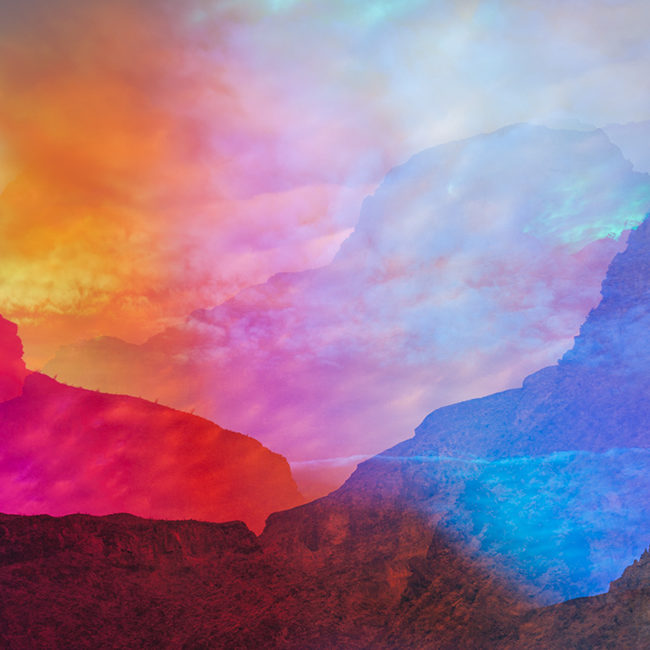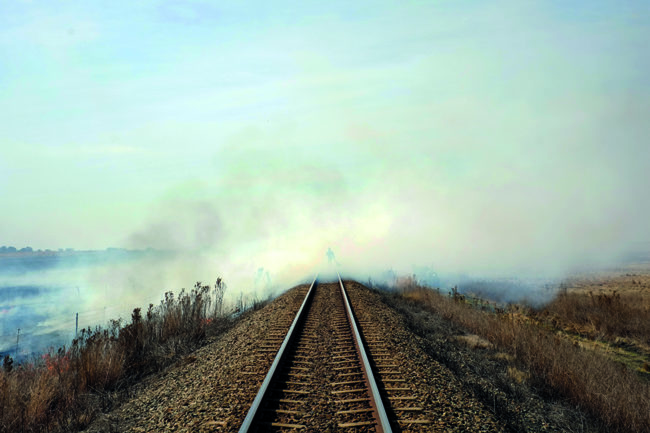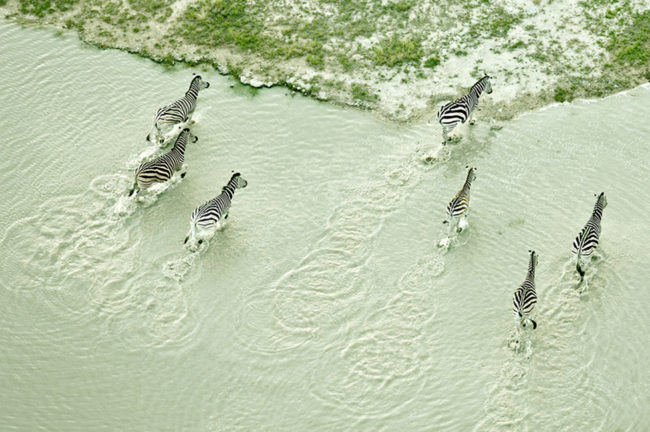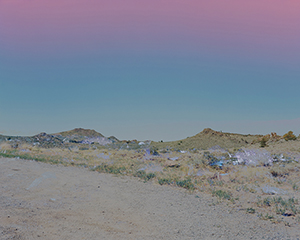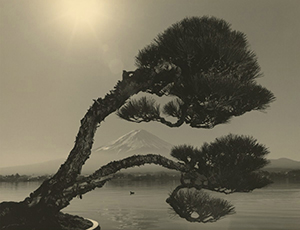Thinking about water in California evokes two kinds of images—on the one hand, swimming pools, lush wilderness and rich agricultural valleys come to mind. And then there is the parched opposite, with dry grass, cracked mud and evidence of the massive irrigation works that move water around the state. “California: The Art of Water,” a new show at the Cantor Arts Center at Stanford University, which opens today and runs until November 28, explores the history of both kinds of images, and how they reflect the state’s deeply complicated relationship with its most essential natural resource.
Through paintings, prints and a wide range of photographs, the show collects dire and optimistic depictions water of dating back to before the Gold Rush of 1849. The earliest photographs include a view of Lower Yosemite Falls by Carleton E. Watkins and 1880s cyanotype studies of San Bernardino canals by William Hammond Hall. There is Ansel Adams’s romantic view of Shasta Dam framed by distant, snow-capped Mount Shasta, the source of its water, and Anthony Hernandez’s image of the public fishing area at the more modest Herbert C. Legg Lake in Los Angeles, framed by electrical pylons—each scene the result of large-scale engineering. More recent contributions include Edward Burtynsky and David Maisel’s pictures of the former Ownens Lake, which was was diverted into the Owens Valley Aqueduct to bring water to Los Angeles, leaving behind an otherworldly expanse of dried mud and mineral deposits. Together, these images explore how the state has been shaped by human need and desire, and investigate the critical and supportive role photography has played in that transformation.
Related Stories:
The Recession’s Aftermath in the California Desert
Edward Burtynsky: Water
Iraqi-Palestinian Artist Sama Alshaibi’s First Book Explores Imperiled Water Resources

